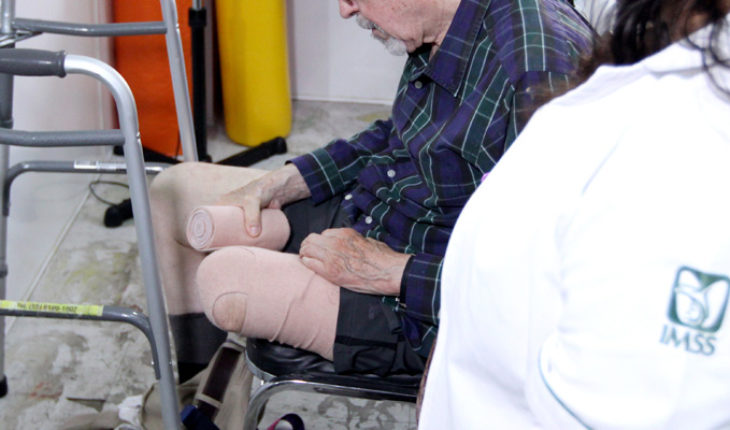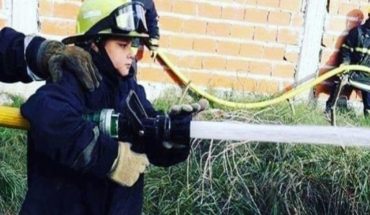Mexico.- Through physical and occupational therapy techniques, specialists from the Physical Medical Unit and Rehabilitation XXI Century (UMFR SXXI), of the Mexican Social Security Institute (IMSS), provide care to rightholders with the feeling of phantom member, with a sense of phantom member, with the purpose of accepting and raising awareness of the absence of any part of your body.
It is called that, as patients do not immediately visualize the lack of any limbs. Not having full awareness and acceptance of the loss, they experience itching, pain or even try to move as if they still have the amputated limb, explained Dr. Jaime Alfredo Castellanos Romero, Director of the UMFR Siglo XXI.
This situation produces a number of accidents in patients with this disability, the specialist added.
He explained that the unconscious records the body image of ourselves, so it is very difficult that, once there is an amputated limb, that image will change immediately.
He detailed that through occupational therapy techniques, such as massages and scung in front of a mirror, the patient is raised to visualize without that missing part of the body.
One of the cases successfully treated in this rehabilitation center is that of Mr. Alejandro Mondragón Ruíz Díaz, a psychiatrist, who lost his leg due to a tumor detected and attended to at the Hospital of Oncology of CMN SXXI.
“The doctor who operated on me tried to avoid amputation, but the tumor had already invaded the bone and there was nothing else to do,” the patient explained.
Mondragón Ruíz commented that when he woke up from surgery the first thing he did was unfold to see if he still had his leg, “it feels something horrible, a feeling of very strong sadness, uncontrollable crying, I gradually went so owed and gave up.”
Using gloves of different textures, the interdisciplinary team of the UMFR XXI Century performs massages on the stump of amputees to give it a proper shape and put it in ideal conditions.
This decreases the sensitivity of the surgical scar and the feeling of a phantom limb. Approximately in 8 weeks the patient is ready to receive and use the prosthesis; he is trained to put it on, take it off and take care of the stump, Dr. Castellanos Romero detailed.
To accept the loss of his leg, Alejandro used self-hypnosis techniques and neurolinguistic programming, such as those he occupies to treat his patients.
“The main thing is to remember and thank, thank my leg for making me so happy, with this exercise I strengthened my resignation and so I can think about rehabilitation and dream of achieving the prosthesis to make a life practically normal,” he said .
“I am very grateful to the doctors, therapists, nurses, and physical therapists who have given me a good deal and who have fulfilled their profession with great responsibility, a lot of humanism and good humor, thank you all for their attentions,” he said.
“In this rehabilitation unit we are committed to patients with temporary or permanent disabilities and the interdisciplinary team that makes up it is obliged to carry out the mission of the institution that is to return as soon as possible to Institute’s rightholders to their daily lives,” stressed the director of the 21st century UMFR.
translated from Spanish: What is the feeling of phantom limb?
September 5, 2019 |




